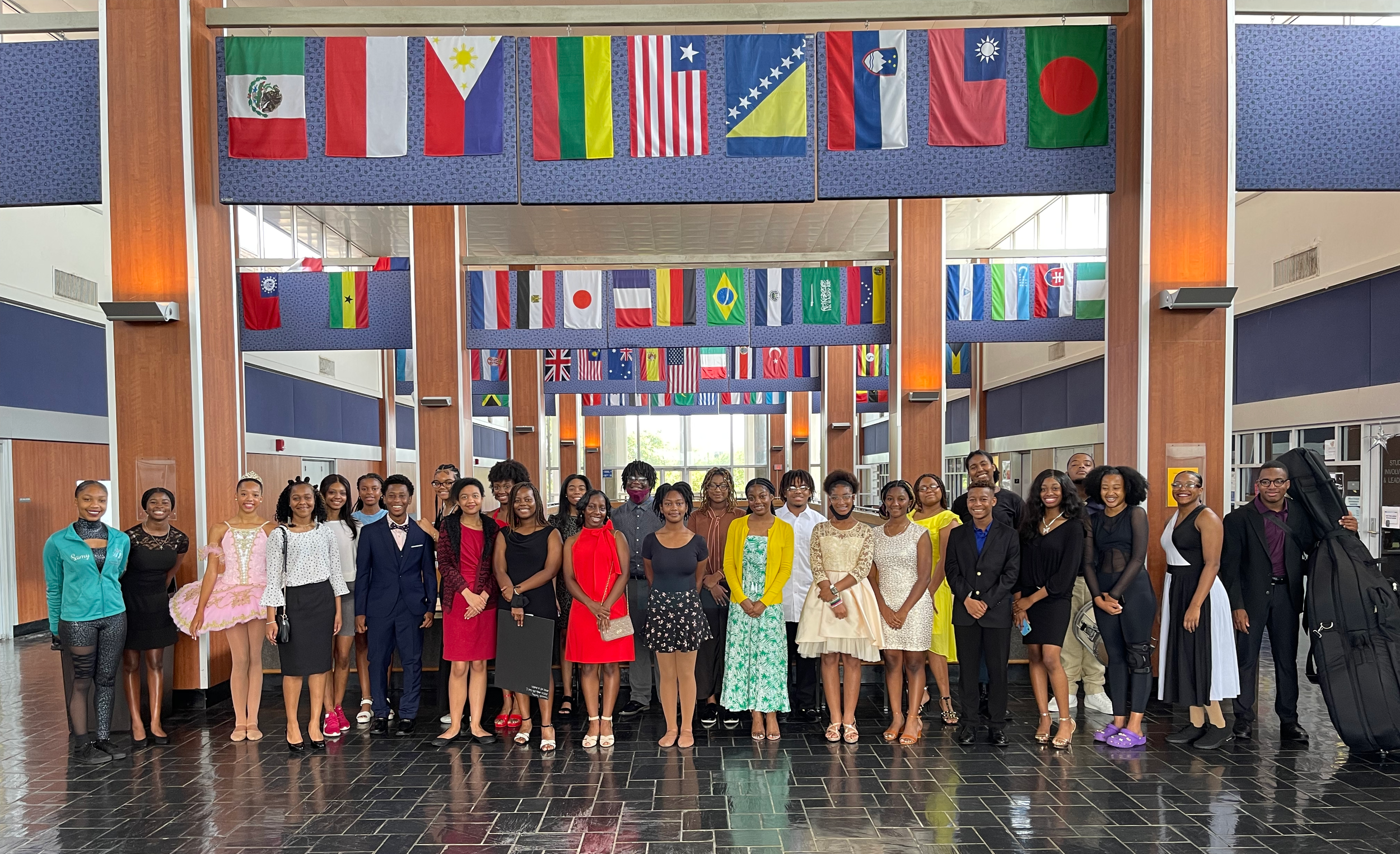
S.T.E.M.
ARCHITECTURE
Plans for and models of structures and outdoor spaces. Examples may include but are not limited to: Building designs, landscape designs, interior designs, urban plans.
Can include 2D work such as hand-drawn sketches, computer-aided designs, blueprints, and floor plans, OR 3D work such as scale models made from foam core, balsa wood, cardboard, wooden blocks, polystyrene, found or reused objects, etc.
BIOLOGY/MICROBIOLOGY
The science of life or of the origin, structure, reproduction, growth and development.
Projects in this category could involve the biology of organisms from the macroscopic scale to the microscopic scale (e.g., bacteria, viruses, protozoa, fungi, yeast, genes, etc.)
CHEMISTRY/BIOCHEMISTRY
The science that deals with the composition, structure and properties of chemical.
Projects in this category could involve physical chemistry, organic chemistry, inorganic chemistry, materials, plastics, fuels, pesticides, metallurgy, soil chemistry, etc. This category also includes the chemistry of life processes such as molecular biology, molecular genetics, enzymes, photosynthesis, blood chemistry, protein chemistry, food chemistry, hormones, etc.
S.T.E.M.
COMPUTER SCIENCE & CODING
The science that deals with the theoretical aspects of computers, including storage and the transformation of data using computers.
This category pertains to the study and development of computer hardware, software engineering, Internet networking and communications, graphics (including human interface), simulations/virtual reality or computational science (including data structures, encryption, coding and information theory).
EARTH AND SPACE SCIENCES
The body of sciences that include geology, mineralogy, physiographic, oceanography, meteorology, climatology, astronomy, speleology, seismology, geography, etc.
Projects in this category could also be concerned with environmental science such as the study of
pollution (air, water, and land) sources and their control as well as ecology.
ENGINEERING
Technology. Projects that directly apply scientific principles to manufacturing and practical uses.
Projects in this category could involve civil, mechanical, aeronautical, chemical, electrical, photographic, sound, automotive, marine, heating, refrigerating, transportation, and environmental engineering; electronics; etc.
MATHEMATICS
The science of numbers and their operations, interrelations, combinations, generalizations, and abstractions of spaced configurations and their structure.
Development of formal logical systems or various numerical and algebraic computations and the application of these principles.
Projects in this category could involve calculus, geometry, number theory, statistics, complex analysis, probability, etc.
MEDICINE AND HEALTH
The study of diseases and health of humans and animals.
Projects in this category could involve dentistry, pharmacology, pathology, ophthalmology, nutrition, sanitation, dermatology, allergies, speech and hearing, etc.
PHYSICS
Theories, principles and laws governing energy and the effect of energy on matter.
Projects in this category could involve solid state physics, optics, acoustics, particle physics, nuclear physics, atomic energy, superconductivity, fluid and gas dynamics, thermodynamics, semiconductors, magnetism, quantum mechanics, biophysics, etc.
SUSTAINABLE BUILDING DESIGN
Plans for and models of structures and outdoor spaces.
Examples may include but are not limited to: Building designs, landscape designs, interior designs, urban plans. Can include 2D work such as hand-drawn sketches, computer-aided designs, blueprints, and floor plans, OR 3D work such as scale models made from foam core, balsa wood, cardboard, wooden blocks, polystyrene, found or reused objects, etc.
GUIDE FOR SCIENCE PROJECTS
ACT-SO national science judges were very impressed with the students who competed in the science categories and with the projects they presented. As a result, the science judges would like to see even more students compete in the science categories. The information provided here is meant to assist students in planning, executing, and presenting projects in the science category at future ACT-SO competitions.